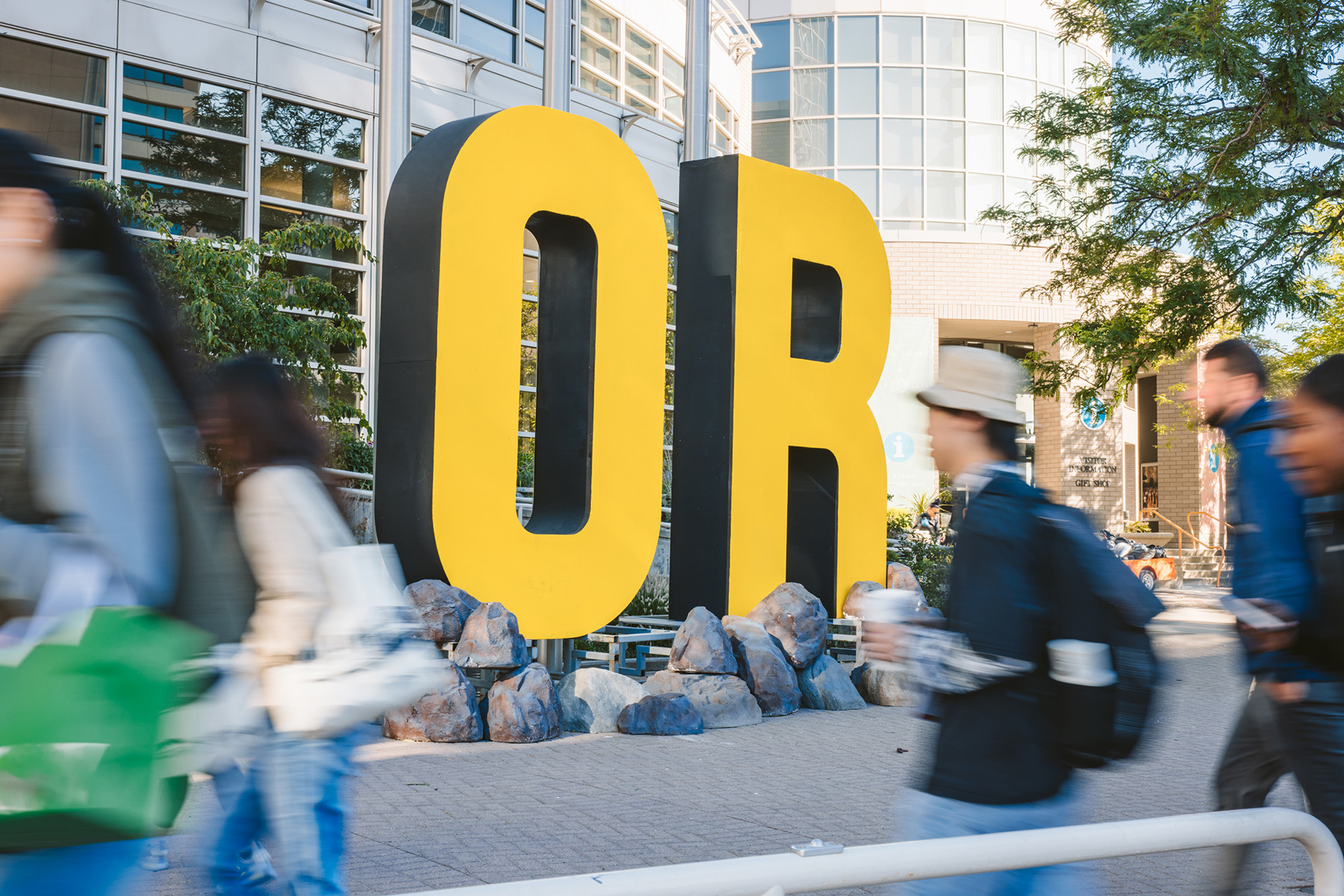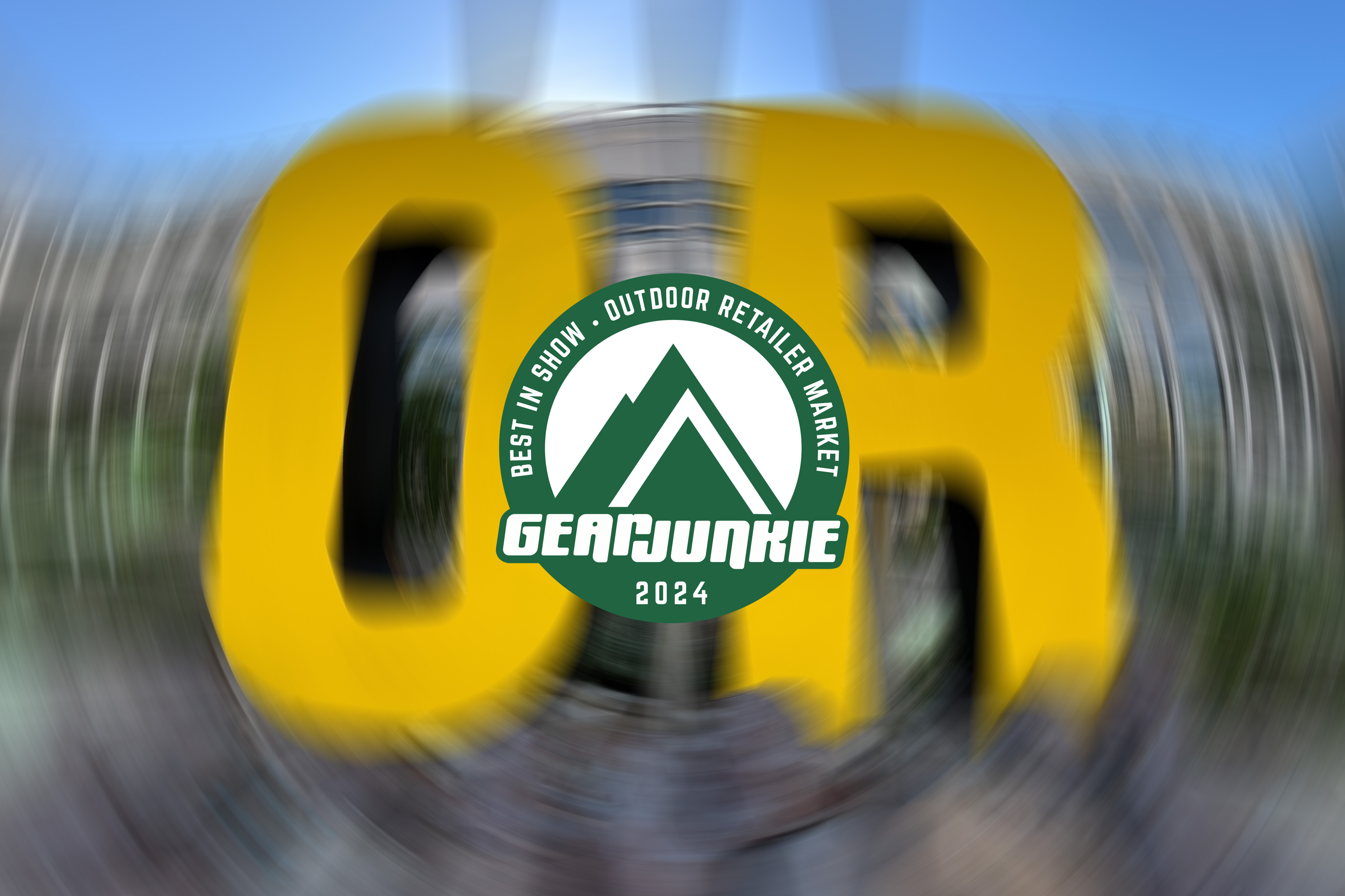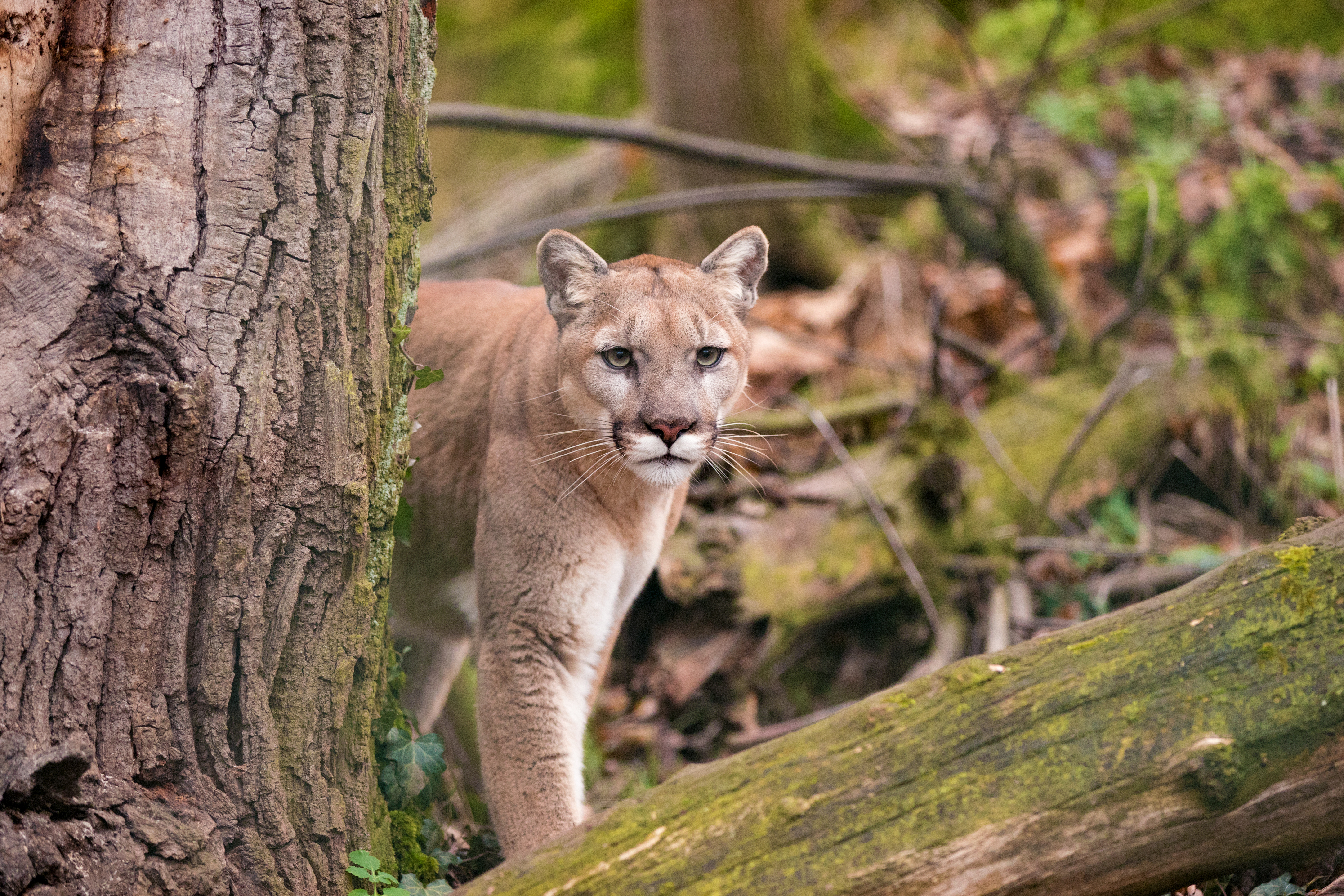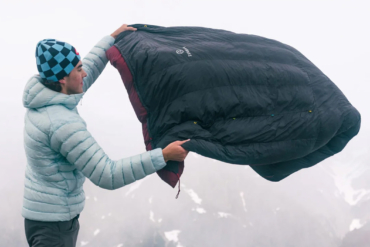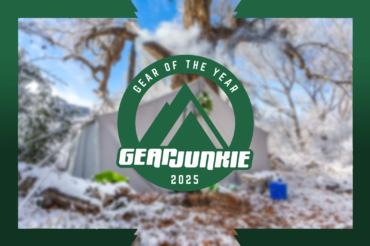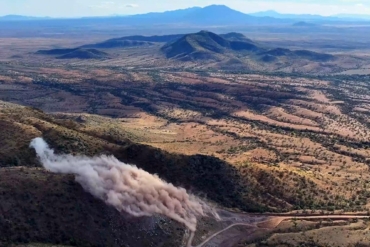If you were planning on attending Outdoor Retailer’s trade show in November, hold off on booking those tickets. The outdoor industry’s annual get-together will now happen only in June, bringing both the winter and summer shows together into one expanded event. Originally scheduled for November 6-8 in Salt Lake City, the winter show was meant to focus on brands selling soft goods for snow sports.
But many of those brands decided that the summer show would offer better opportunities for connecting with customers, Outdoor Retailer director Sean Smith said Thursday. It’s also likely to help raise the profile of the summer trade show, which never fully returned to pre-pandemic levels of attendance, GearJunkie Editor-in-Chief Adam Ruggiero wrote of this “once-mighty” event.
By bringing the entire outdoor industry together at the same time, event organizers hope to recapture some of the spectacle that has waned in recent years.
“Meeting face to face is how our industry was built, and it’s how it’s going to continue to thrive,” Smith told GearJunkie. “Without that, we become a commodity industry. We’re not selling cans of baked beans. We’re selling things that get people in the outdoors.”

Why Change? Politics and Economics
For many years, Outdoor Retailer (OR) offered two events: one in June and another in January.
Last year, organizers decided to move the winter event a few months earlier in the season. The idea was to make the winter showcase more advantageous for brands interested in selling soft goods before everyone hit the slopes.
But after listening to winter sports brands and looking closely at consumer data, Smith and other OR organizers discovered that June is the ideal selling time for all outdoor sports — including the snowy ones.
“Before you get the spectacle back, it has to make sense on the business side,” Smith said. “It’s much easier to add spectacle after that.”

Once upon a time, the OR events were defined by massive flagship brands like Patagonia and an overcrowded showroom floor. Several factors have changed the nature of the show, including the shift away from in-person events caused by the pandemic. But politics played a part as well.
Many large brands — including Patagonia, REI, and Arc’teryx — boycotted OR in both 2017 and 2022 for hosting the show in Salt Lake City. That’s because Utah lawmakers continue to fight the federal government for more control over the state’s huge amount of public land.
Of course, Smith was quick to point out that those brands didn’t close their own stores in Utah.
“I don’t understand how you can do business in the state of Utah, but we can’t do business in the state of Utah,” he said.
Smaller, but Scrappier
GearJunkie’s Adam Ruggiero has been attending Outdoor Retailer for many years, and fondly remembers the buzzy excitement that long defined its packed floor at the Salt Palace Convention Center.
This summer’s showcase wasn’t abundant with over-the-top pageantry, but it had something else going for it: a sense of possibility.
“For the first time since its pre-pandemic heyday, Outdoor Retailer had an energy to it — and it wasn’t in spite of all the brands that weren’t there. In many ways, it was because of it,” Ruggiero wrote.
That’s part of what Smith and other OR organizers hope to cultivate. While the economics of industry trade shows have become more complicated, there’s more interest in outdoor gear than ever before, Smith said.
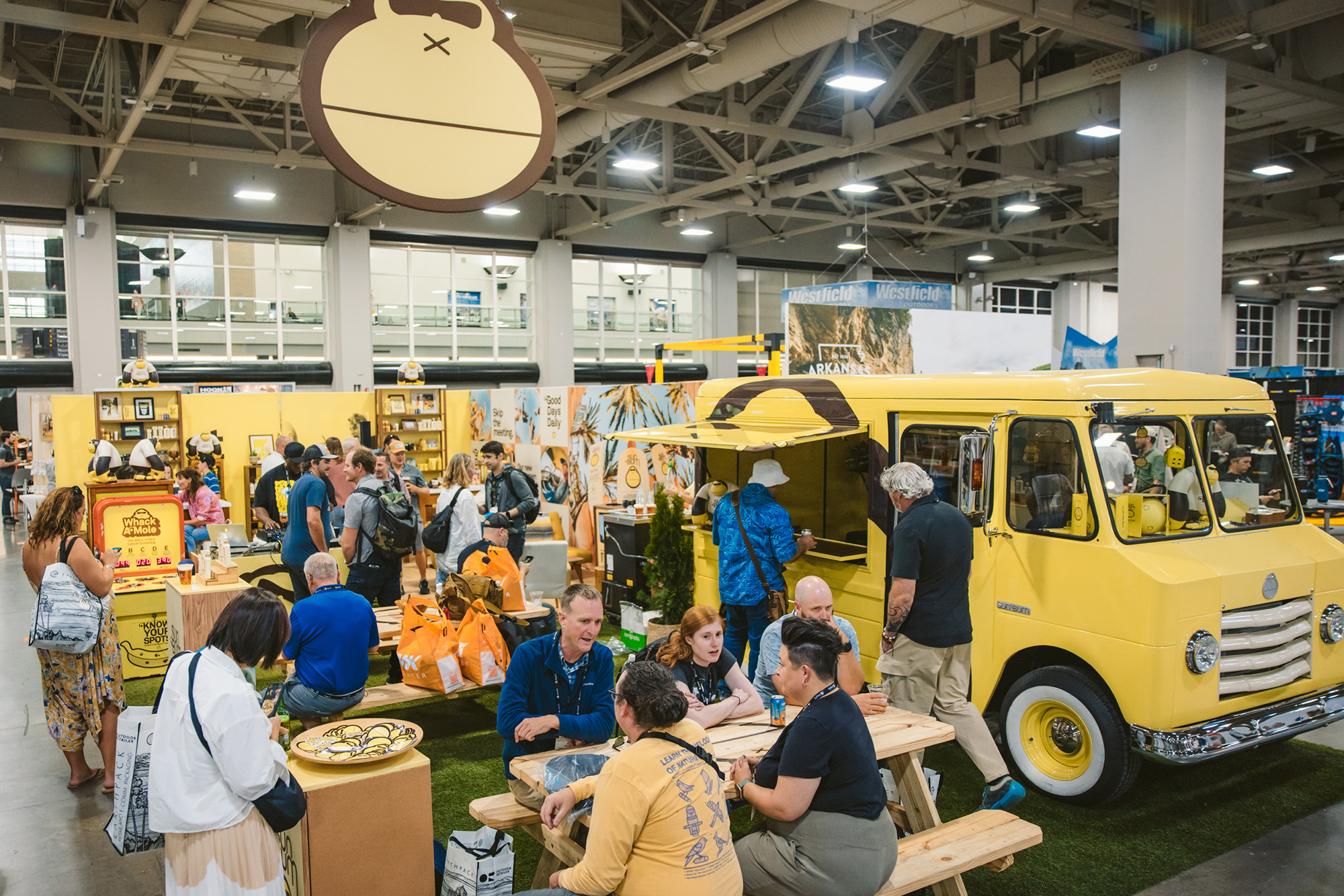
And much of that is being driven by smaller, scrappier brands. In the past, the showroom floor was so packed that emerging companies were often pushed out to hallways. Now everybody has a great spot, Smith said. The self-aware dominance of major brands is now balanced by the eagerness of the little guys sharing the same space.
This summer’s event resulted in tons of attendees actually placing in-person orders with brands. That hasn’t been the case for many years at OR, Smith said. He thinks it’s because making space for smaller brands has increased the focus on innovation.
“We definitely will continue to have a focus on smaller brands,” he said. “We all know that the emerging brands can take more chances, and drive the bigger brands to be more creative as well.”
He also doesn’t think the outdoor industry has fundamentally changed that much. It’s still about people coming together to celebrate cool stuff.
“This is still a relationship industry. You have to come do business face to face and build relationships,” he said. “We’re embracing all of that, and we think it’s the right way to go.”
